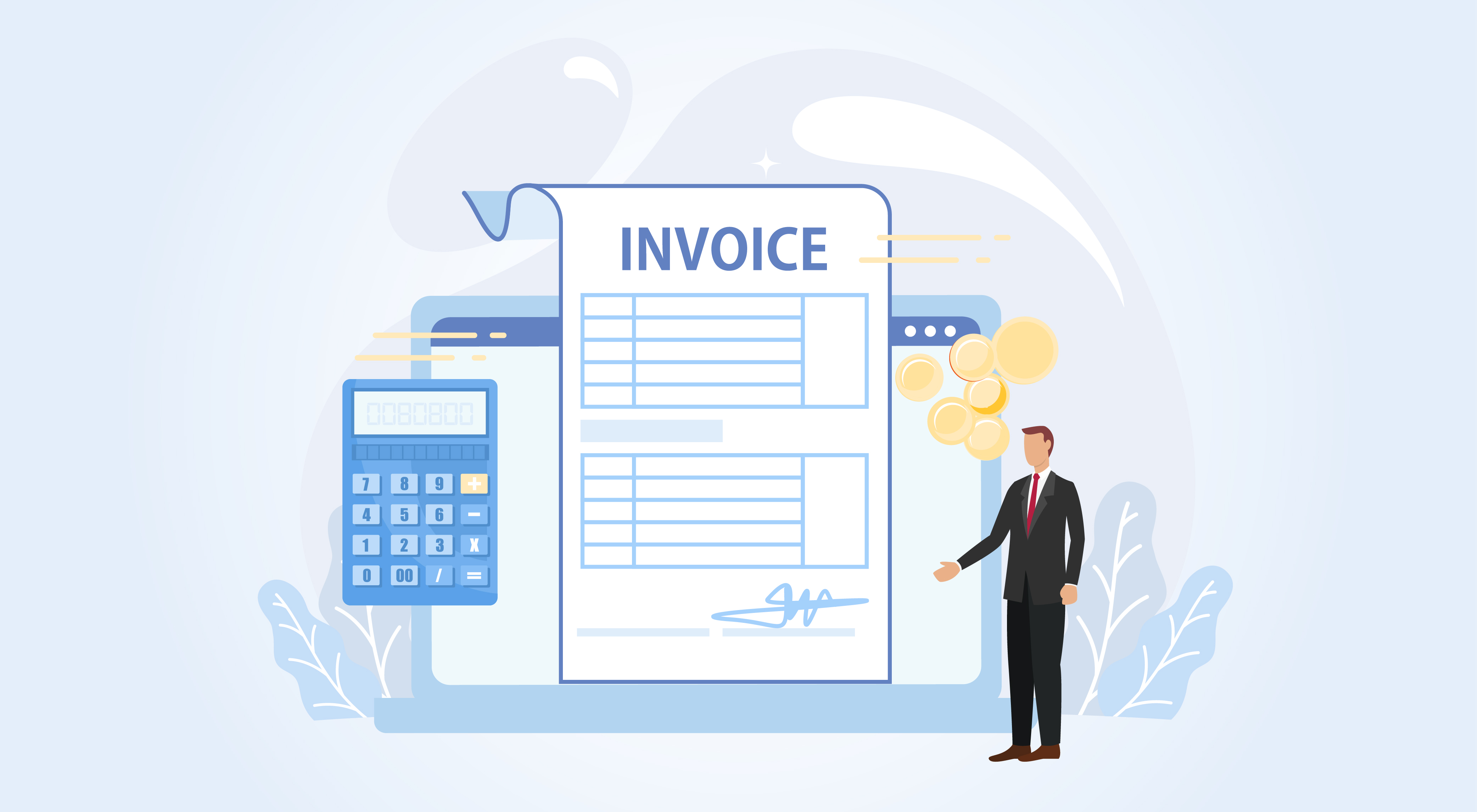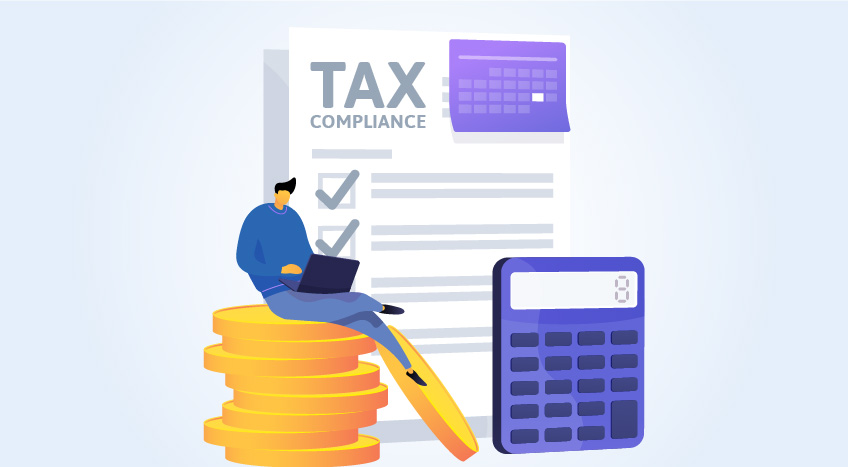VAT invoice is the single most essential document to be issued by all registered persons under VAT in Saudi Arabia. A VAT invoice is to be issued by registrants for all supplies of taxable goods or services. Hence, it is crucial for businesses to understand the details that are required to be mentioned on Tax Invoices issued by them and prepare their systems accordingly. In this article, let us understand invoicing under VAT in Saudi Arabia.
What is a VAT invoice?
A VAT invoice is a document to be issued by persons registered under VAT in KSA, evidencing that a taxable supply of goods or services has taken place.
Should a VAT invoice be issued for all taxable supplies?
A VAT invoice should be issued for all taxable supplies of goods or services where the value of the supply exceeds SAR 1,000. For supplies where the value of the supply does not exceed SAR 1,000, an option to issue a simplified tax invoice is given. To learn more about simplified tax invoices, you can refer our article ‘Simplified tax invoice under VAT in Kingdom of Saudi Arabia.
Which language should a tax invoice be issued in?
A tax invoice should be issued in Arabic, in addition to any other language as a translation.
Should a VAT invoice be issued for supplies to unregistered persons?
Yes, a VAT invoice has to be issued for supplies to unregistered persons, where the value of the supply exceeds SAR 1,000. For supplies to unregistered persons, where the value of the supply does not exceed SAR 1,000, an option to issue a simplified tax invoice is given.
Can an unregistered person issue a VAT invoice?
An unregistered person is not authorized to issue a VAT invoice. An unregistered person will be liable to a fine not exceeding SAR 100,000, for issuing a tax invoice.
When should a VAT invoice be issued?
A VAT invoice should be issued latest by 15th of the month following the month in which the supply took place.
For example: For a supply taking place on 30th April, '18, the VAT invoice for the supply should be issued by 15th May, '18.
What details should a tax invoice contain?
A tax invoice should contain the following details:
|
The date of issue |
|
A sequential number which uniquely identifies the tax invoice |
|
The Tax Identification Number of the supplier |
|
Name and address of the supplier and the customer |
|
The quantity and nature of the goods supplied or the scope and nature of the services supplied |
|
The taxable amount per rate or exemption, the unit price exclusive of VAT and any discounts or rebates, if they are not included in the unit prices |
|
The rate of tax applied |
|
The amount of tax payable, shown in Riyals |
The following case-specific details should also be given in a tax invoice, where applicable:
|
Date on which the supply took place, if it is different from the date of issue of the tax invoice, should be specified |
|
In case tax is not charged at the basic rate, a narration explaining the tax treatment applied to the supply should be given |
|
In cases where the customer is required to self-account for tax on the supply, the customer’s Tax Identification Number and a statement that the customer must account for the tax, should be given |
|
In case the supply is of used goods, a reference to the fact that VAT is charged on the profit margin on the supply should be given and the invoice should not show the amount of tax charged |
Hence, in this article, we have understood the details that are required to be given in a tax invoice issued under VAT, along with other important information, such as the time limit for issuing an invoice, the language in which an invoice should be issued, etc. In our next article, we will see a sample format of Tax Invoice, based on the details that are required in a Tax invoice as per the VAT Law.
Taxable persons should note that tax invoice is a very essential document under VAT and it is important to ensure that a VAT compliant and complete invoice is issued to your customers. The invoice issued by you serves as the basis for input tax recovery claim for your customers. Hence, businesses can note the points detailed in this article to ensure the issue of error-free Tax invoices.
Explore more Products









